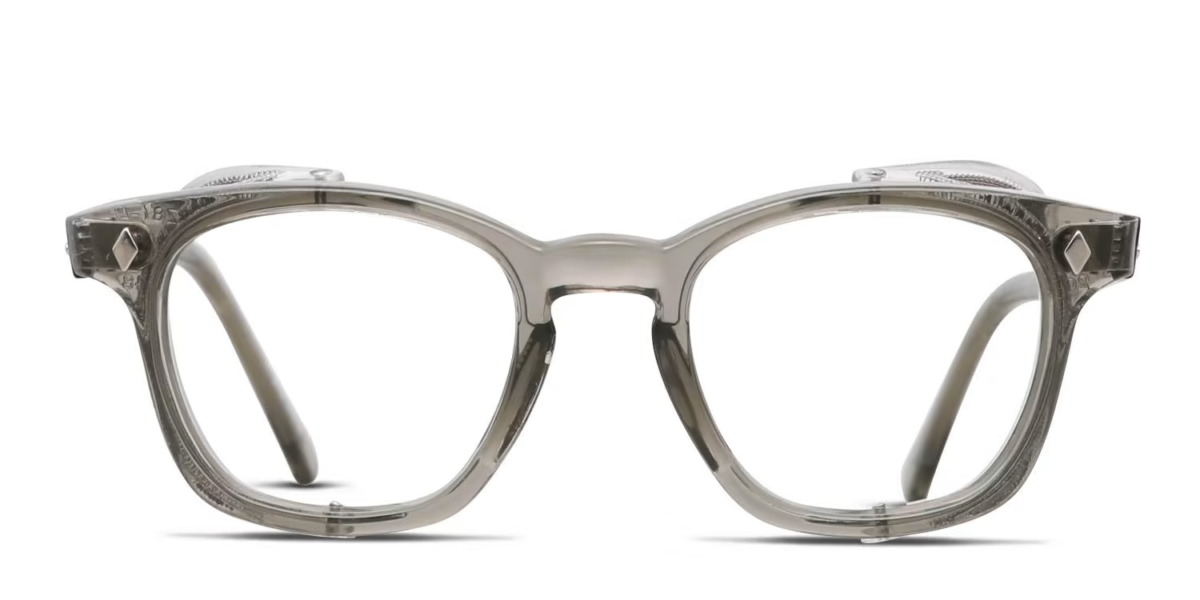Fundamentals of Responsive Web Design

With the growth in the use of mobile devices, a single web
design component is not enough that looks good on a
computer screen. These mobile devices are restrained by
display size, screen resolution, etc. This is why it requires a
different approach to set on different screens.
With the help of responsive web design, you can be sure
about the comfortable experience users get, whether they
use your application on tablets, mobile phones, laptops,
desktops, etc. With responsive web design, you improve
users performance and increase your conversions and grow
your business.
Responsive Web Design
Responsive web design can be elaborated to run
successfully and provide a better and improved user
experience on different screen sizes, devices, and browsers.
The primary aim of responsive web design is to provide a
compatible website that responds differently to different
devices and browsers.
Responsive web design uses HTML and CSS to address the
need to adapt different screen sizes for other devices.
Modern responsive web designs look after every component
of the website to provide a better experience to everyone.
Responsive designs hold the ability to fluidly adapt different
screen sizes, intending to duplicate the user experience of a
large screen to a small screen. Search engines presently give
these responsive web designs preference as compared to
traditional designs.
The need for a higher ranking in SEO also requires
responsive web design in your website.
Fundamentals of responsive web design
There are a few fundamentals of responsive web design that
you must know before proffering it to your website.
Responsive designs are great solutions for our multiple
screen problems. With the help of the fundamentals of
responsive design, users can have a clear image of
responsive website design.
1. Media queries: this enables you to create different
layouts for different devices like screen print, mobile
devices, tv, etc. You can analyze the different styles,
fonts, designs, and depending on the social media
platform, you are using. With an introduction of CSS3
in a media query, the web design company can tailor
the visibility of your website contents on a specific
range of devices and screens. The best approach for
designing a responsive web design is to create a master
style sheet with primary structural elements.
Media queries are helpful in adding layout based on
device and other devices. The web designer here enters
the minimum width that characterises the size of the
screen to view the design. You can easily customize
your content for different screen sizes with the help of
a media query. You can customize fonts, style color, or
anything else that you wish to. The other things which
can be doubted by using the media queries are min-
width, min-height, min range, max-width, max-width,
etc. You can easily customize anything on screen size
with the help of media queries.
2. Fluid Grids: this refers to the sizing of various
elements in comparison to pixel values. They use
several proportions to get a fixed size to fit into the
screen no matter the size of your screen—the
traditional CSS designs used fixed grids to position
different elements. Presently, you cannot expect to use
an improved layout for your websites as we have screen
sizes ranging from several inches to a few feet. With a
fixed fluid design, everything you need is coded in
terms of relative proportion. Apart from designing a
website with a specific height, the width of each
element, they are given a relative percentage or relative
size for your website.
They are the essential element when it comes to the
final layout of a website. They are relatively more
straightforward concepts to understand, but it gets
complex when it comes to responsive web designing.
The essential thing to remember with fluid grids is,
they are designed as per the relative size of screens.
Fluid grids do not use pixels. They make a website
attractive to work on. They give the adaptive nature for
different layouts. Fluid grids define the maximum size
of a website. The grids are divided into several columns
to keep the number of layouts clean and easy to
manage.
3. Flexible images: images here are adjudged flexibly
when the images are rendered in different screen sizes
along with HTML container support, and the image
scales to fit with shrink in the browser. The pictures of
your website will not render to work in scale even if the
design of your website is fluid and responsive. You
might feel this context is a bit tricky. For instance, an
image with 700 pixels will look perfect on a desktop
but shrink when viewed on a 300-pixel mobile device.
The most responsive design website uses CSS max-
width to increase the scalability of images. You might
feel that flexible images in responsive design. The
essential thing to remember with responsive web
designing is it will not render all components if they
are not scaled correctly. Even after paying complete
attention to every grid, there are chances of improper
scaling of images.
Hence you won’t get the desired output. A similar
technique is also used for making videos flexible as per
different screens and pixels. While using browsers on
mobile devices, users usually zoom in and out images;
it is essential to use bitmap images as they lose
resolutions when expanded. This is why it is necessary
to create graphics that can be quickly developed
without getting distorted. You can also allocate "max-
width" to make images flexible and indicate the
maximum percentage of the image occupied for a
relative viewport.
The final thought
There are several components in responsive web design. It’s
most probable to make mistakes without having complete
knowledge about CSS and HTML. Creating a website with
mobile-friendly attributes will help you create better user
engagement which further helps in improving Google
ranking.
Once you get familiar with different components of website
building blocks and analyse and examine different codes on
other tools, you can make your website responsive by
overcoming various challenges. Responsive web designs are
the only way to create a high-quality website with improved
performance to enhance user experience.









